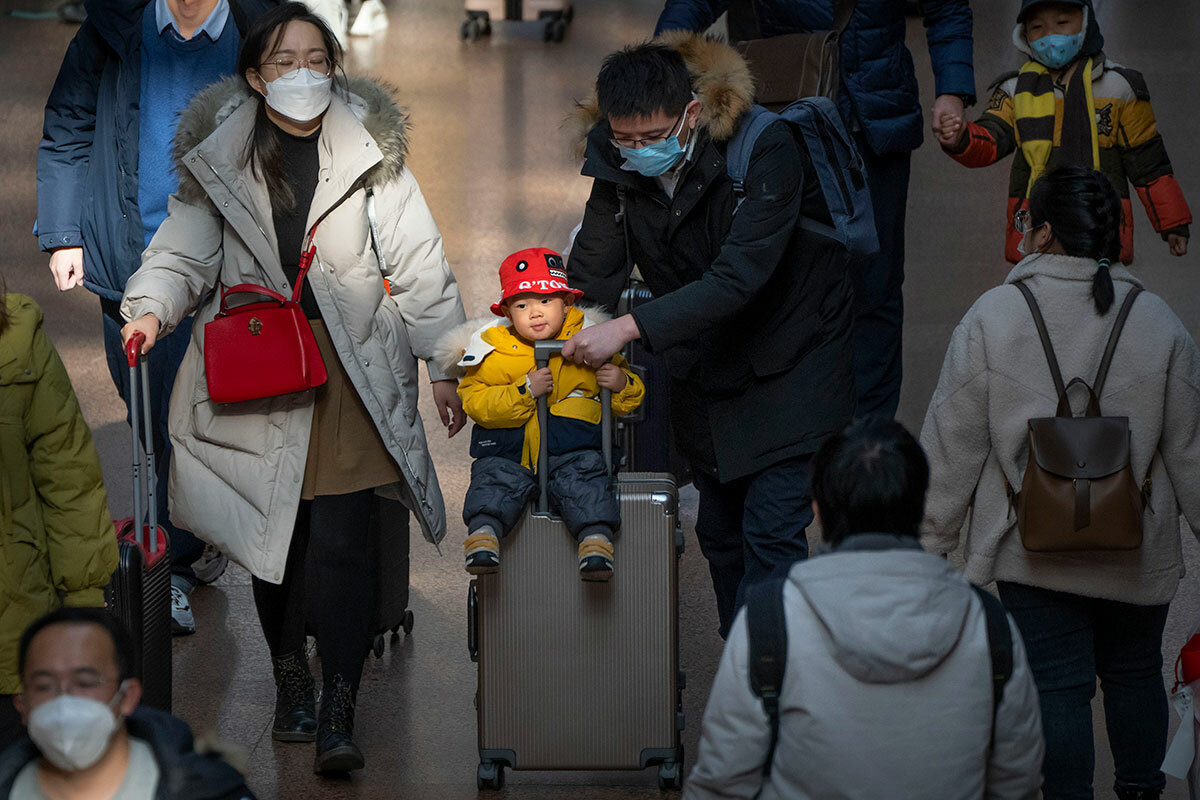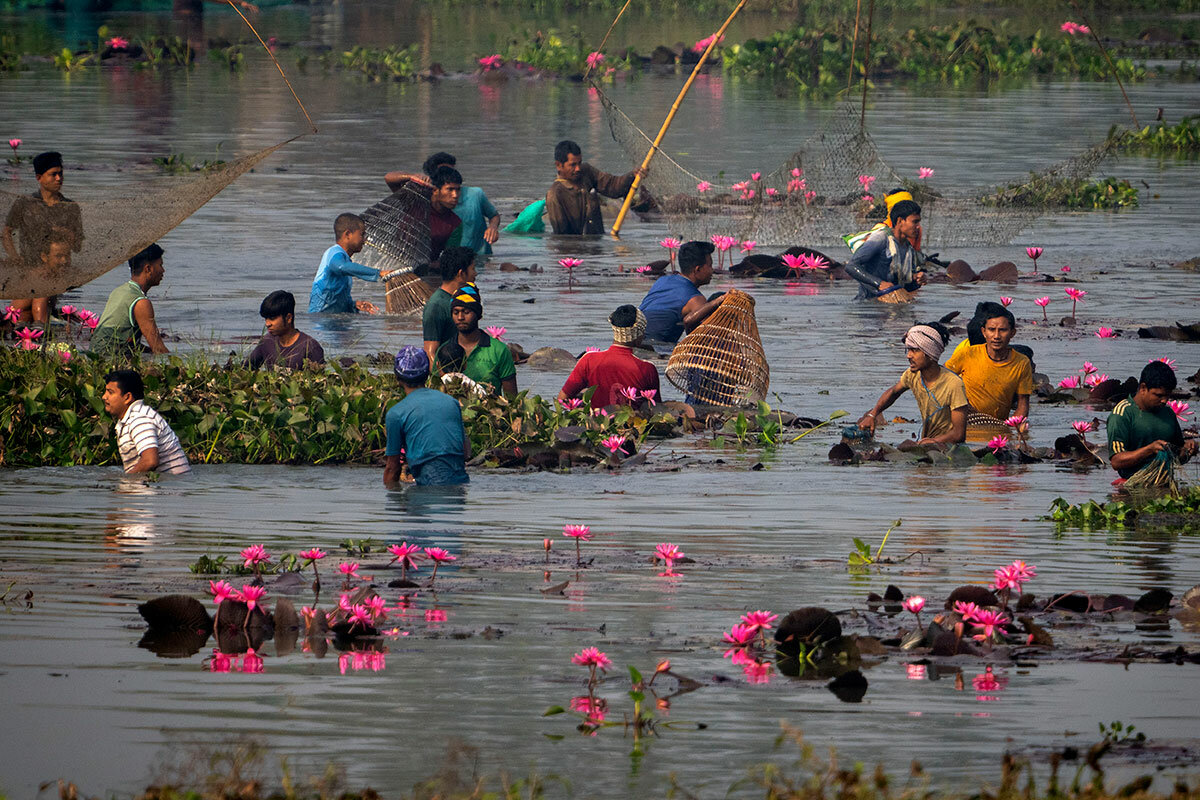As new data on China’s slowing economic growth and declining population has cast doubt on the country’s rise, economists are recalculating their forecasts for U.S.-China competition. Many see strengths and weaknesses on both sides.
Monitor Daily Podcast
- Follow us:
- Apple Podcasts
- Spotify
- RSS Feed
- Download
 Stephen Humphries
Stephen Humphries
During David Crosby’s show at the Troubador in Los Angeles in 2014, a woman in the audience shouted, “I love you!”
“In my younger days, I would have followed that call,” quipped the veteran songwriter, a grin visible beneath his famous mustache, shaped like a suitcase handle. He told showgoers that he’d been in love with the same woman for 37 years. Then he dedicated his beloved classic “Guinnevere” to his wife, Jan.
Mr. Crosby, who died on Thursday, once told me that love was his main preoccupation as a songwriter.
“It’s utterly fascinating,” he said in a previously unpublished excerpt from his 2019 interview with the Monitor. “We write about every aspect of it that we possibly can: love lost, love found, love lasting, love desired, love celebrated.”
Mr. Crosby, a founding member of the Byrds and Crosby, Stills & Nash (later joined by Neil Young), displayed a deep care for humanity in his songs. At the same concert, he started a song called “Morning Falling” by explaining that it’s about a young Afghan shepherd boy killed by a drone strike. But he got so choked up that he couldn’t finish the introduction.
“I try to write when I see something so egregious and so wrong that I can’t not write about it,” he later told me.
I asked the honey-voiced tenor what he thought his legacy as a songwriter would be.
“It’s not for me to answer,” he replied. “I know I’m supposed to be doing it, and I know I love doing it, but judging it has got to be somebody else’s thing.”
For me, Mr. Crosby’s work resonates because it embodies the sentiment he expressed in the title of his 1971 song “Music is Love.” Over the past nine years, the musician released five extraordinary albums that profoundly articulate the joy and wisdom he attained following his hard-won sobriety. He believed that songs could be a powerful counterpoint to the ills of the world.
“Music is a lifting force,” Mr. Crosby told an interviewer for NJ Arts in 2016. “When you create songs, you do a good deed. You help lift, and make things better.”










